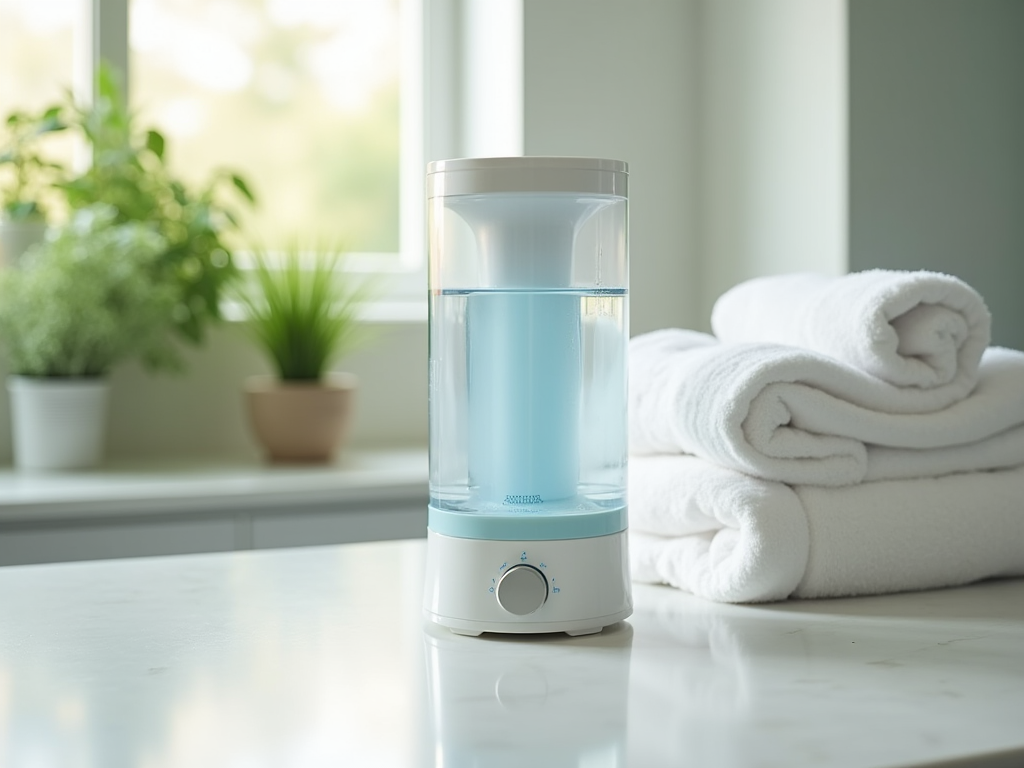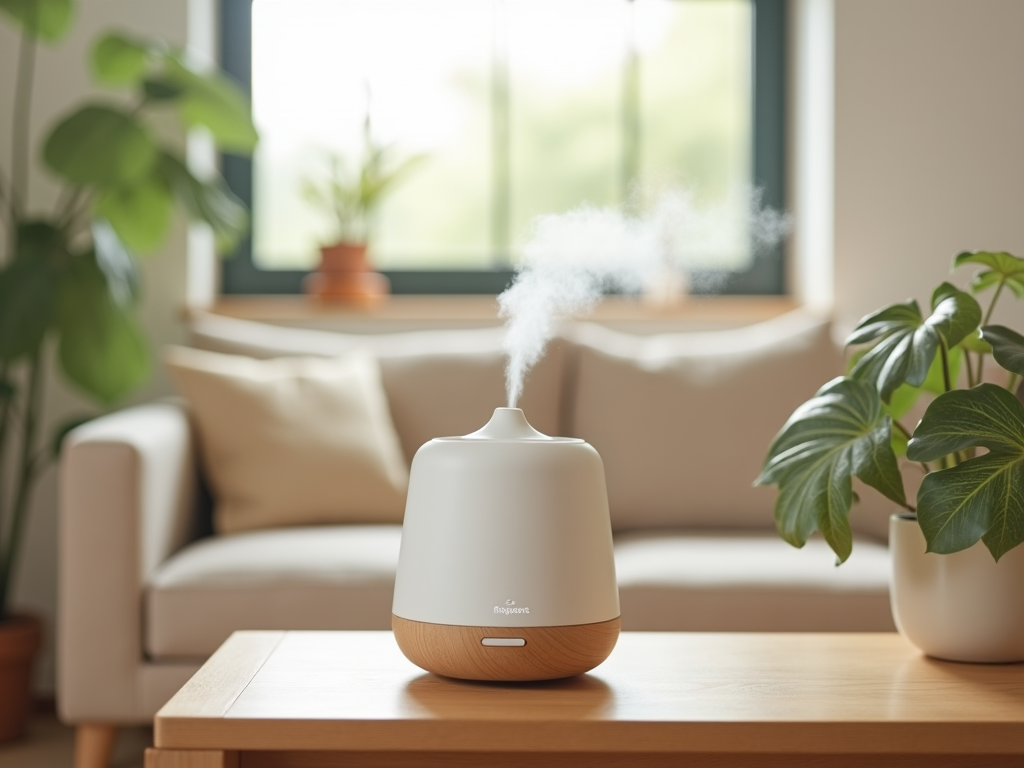For many homeowners, humidifiers are indispensable gadgets that help tackle dry air, especially during winter months. However, these helpful devices come with a vital responsibility: cleaning. Failure to keep them in shape can lead to a breeding ground for bacteria and mold, meaning that the very solutions we seek for comfort could actually undermine our health. In reality, a humidifier is only as effective as its maintenance routine. So, forget about letting grime build up until it’s too late. Knowing how to clean and care for your humidifier is crucial for ensuring its longevity and effectiveness.
The health risks associated with dirty humidifiers cannot be overlooked. When mold and bacteria flourish within these machines, they transform from household helpers to potential hazards. This article will not only list practical steps for cleaning your humidifier but also discuss why these steps are necessary to maintain a healthy home environment. From subtle signs of buildup to methods aimed at preserving your humidifier’s efficiency, we’ve got you covered.
Understanding Why Humidifiers Get Dirty

Humidifiers work by adding moisture to the air, which is particularly beneficial in dry climates or during colder months. Nevertheless, this functionality makes them prone to collecting dust, grime, and organic materials that thrive in moist environments. As the humidity levels rise, your humidifier may inadvertently become a habitat for unhealthy particles. It’s not just about the visible signs of dirt; microscopic organisms may thrive undetected. Maintaining high indoor air quality is crucial, especially with many people working from home and spending more time indoors. The last thing you want is for your humidifier to worsen your health rather than enhance it.
Health Risks of Dirty Humidifiers

Dirty humidifiers can pose several health concerns that range from annoying to alarming. The accumulation of bacteria and mold can lead to serious respiratory issues. It’s essential to be aware of the specific risks that dirty humidifiers can bring:
- Respiratory Issues: Breathing air tainted with impurities can aggravate asthma and cause new respiratory infections.
- Allergic Reactions: Symptoms include sneezing, itchy eyes, and skin reactions brought on by mold spores.
- Increased Infection Risk: Dirty devices may enhance your susceptibility to infections, particularly in vulnerable individuals.
Signs Your Humidifier Needs Cleaning
It’s crucial to perform regular maintenance, but how can you tell when your humidifier needs extra attention? There are several signs you can look out for:
- Visible slime or mold inside the water tank, a red flag that should not be ignored.
- A musty odor when the device is running, signaling the presence of harmful microorganisms.
- Reduced mist output compared to its performance when it was new, an indication of clogs or buildup.
Step-by-Step Guide to Cleaning Your Humidifier
When you’re ready to tackle the cleaning process, it’s straightforward and can be completed with common household items. Here’s how you can effectively clean your device:
| Cleaning Step | Action Required | Recommended Frequency |
|---|---|---|
| Water Tank | Scrub with vinegar solution | Weekly |
| Filter | Replace or clean as recommended | Monthly |
| Base and Fan | Wipe down with a damp cloth | Weekly |
Gather Your Cleaning Supplies
Begin by ensuring you have the necessary items to facilitate the process:
- White vinegar or hydrogen peroxide for disinfection.
- Soft cloths or sponge to avoid scratching surfaces.
- A small brush like an old toothbrush for scrubbing hard-to-reach areas.
- Distilled water for refilling, which reduces mineral buildup.
Disassemble the Humidifier
Carefully disassemble your humidifier following the manufacturer’s guidelines. This typically includes removing the water tank and any other removable components. Make sure to unplug the unit before starting to avoid any hazards. With the right approach, you can ensure no piece is left unattended, making the cleaning both thorough and efficient.
Tips for Preventing Future Buildup
While cleaning is essential, preventive measures can significantly reduce the frequency with which you need to clean your humidifier:
- Change the water daily to minimize bacterial growth.
- Opt for distilled water to help prevent mineral deposits from forming.
- Commit to cleaning your humidifier weekly during high usage seasons.
Conclusion
In conclusion, maintaining a clean humidifier is crucial for both its effectiveness and your health. A dirty humidifier can turn beneficial moisture into a source of indoor pollution. However, by understanding the importance of regular cleaning and implementing the steps outlined in this article, you can avoid the pitfalls associated with neglect. Beyond keeping your humidifier in peak condition, you’re also ensuring that the air you breathe remains clean and healthy. Enjoy the benefits of increased humidity without compromising your well-being.
Frequently Asked Questions
How often should I clean my humidifier? Generally, it’s recommended to clean your humidifier every week during periods of heavy use and at least once a month under normal circumstances.
Can I use tap water in my humidifier? While you can use tap water, it is better to use distilled or demineralized water to reduce mineral buildup and prevent the growth of bacteria.
What happens if I don’t clean my humidifier? Failing to clean your humidifier can lead to a buildup of mold and bacteria, which can compromise your health and reduce the efficiency of the device.
Are there specific cleaning solutions I should avoid? Yes, avoid bleach or harsh chemical cleaners, as they can leave harmful residues. Stick to natural cleaning agents like vinegar or hydrogen peroxide.
Is it necessary to replace the filter regularly? Yes, check the manufacturer’s guidelines for your specific filter. Regular replacement or cleaning is crucial for optimal performance.


